The dual mobility acetabulum is a real revolution in hip prosthetic surgery. (1)
This ingenious system allows the original diameter of the replaced femoral head to be restored, whereas conventional prostheses use much smaller diameters of 22.2 to 36 mm, (the average diameter of a femoral head is 48 mm).
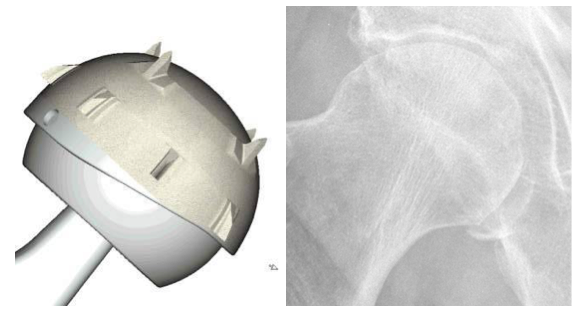
This patient-friendly head is articulated with another smaller head of 22.2 or 28 mm which is attached to the stem and implanted in the femur.
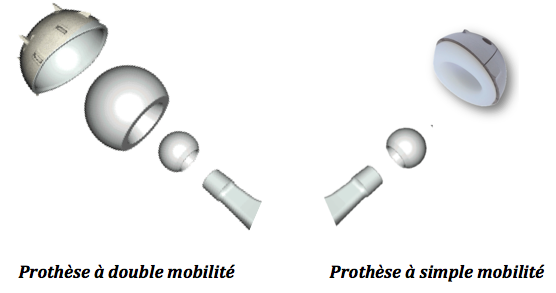
This dual mobility system makes it possible to regain very good joint amplitudes (it is the prosthetic system with the highest amplitudes) but above all it makes it possible to make the earliest complication of total hip prostheses, which is dislocation, practically disappear.
With conventional prostheses, the dislocation rate ranges from 0.7 to 11%, while dual mobility prostheses have a dislocation percentage of 0.01%.
This undeniable advantage gives a lot of freedom to the patient, who is of course advised to avoid extreme movements that may cause pain, finally simple "common sense" is recommended.
History
This real technical revolution was adapted to total hip arthroplasty by Professor Gilles Bousquet and Mr Rambert, engineer, in the 1970s.
This particular system evolved in three main stages, firstly the first stage with the original acetabulum used mainly by Gilles Bousquet's school in Stephane, then little by little it was fitted by a few teams in France.
Unfortunately complications due to youthful errors left it in the shadows for almost 20 years.
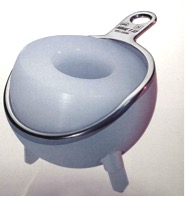
Yet this Orthopaedic Revolution according to Jacques Caton could not be relegated to oblivion. So when the patent "fell" into the public domain, several teams decided to work on a new double mobility.
This was the second stage, and thus appeared the second generation double mobility acetabular cups with results equivalent to the best single mobility acetabular cups but above all without dislocation. (2)
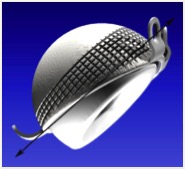
Today we are at the third stage with the contemporary double mobility acetabular cups which should have good days ahead of them.

The “Groupe des Orthopédistes du Sud” (GOS), of which Dr Jean Marc Puch is a founding member along with Doctors Loys Descamps, Guy Dheri, Michel Maestro and Marcel Rémi, is one of the teams that have worked on the evolution of the dual mobility acetabulum.

Today this group has been joined by surgeons from Lyon and Grenoble to continue the work, make this particular concept known throughout the world and keep this technology within French industry.
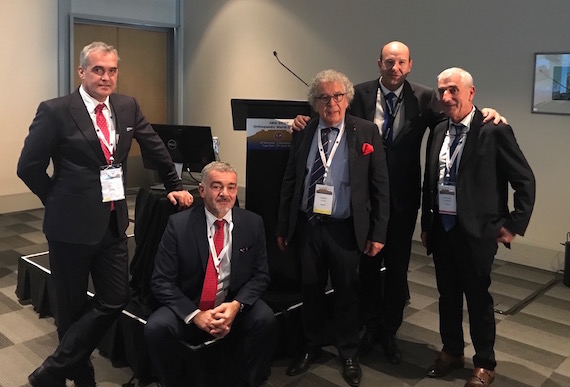
Bibliographie
1- The Dual Mobility Cup: A New THA Revolution
J Caton, T Aslanian, JL Prudhon, A Ferreira, L Descamps, G Dehri, JM Puch
e-memory of the National Academy of Surgery,, 2016, 15 (1) : 004-010
2- Dual-mobility cup in total hip arthroplasty in patients less than fifty five years and over ten years of follow-up A prospective and comparative series
Jean-Marc Puch & Guy Derhi & Loys Descamps & Régis Verdier & Jacques H. Caton
International Orthopaedics, March 2017, vol 41, issue 3, pp 475-480